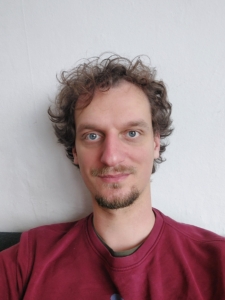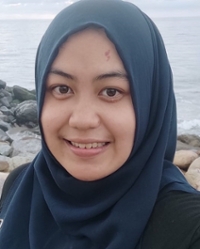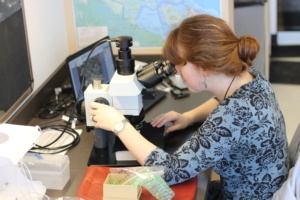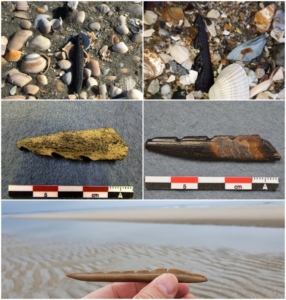Material Culture Studies
Staff members
Dr. S. (Stijn) Arnoldussen, University of Groningen
Dr. D.J.G. (Dennis) Braekmans, Leiden University
Prof. dr. A.N. (Ann) Brysbaert, Leiden University
Prof. dr. P.A.I.H. (Patrick) Degryse, Leiden University
Dr. S. (Stijn) Heeren, Vrije University Amsterdam
Dr. M.H.G. (Maikel) Kuijpers, Leiden University
Dr. A.J. (Bert) Nijboer, University of Groningen
Dr. S. (Saar) Ortal-Paz, Utrecht University
Prof. dr. A. (Astrid) van Oyen, Radboud University
Dr. J.H.M. (Hans) Peeters, University of Groningen
Drs. M. (Martina) Revello Lami, Leiden University
Prof. dr. J. (James) Symonds, University of Amsterdam
Dr. A.A.A.A. (Arno) Verhoeven, University of Amsterdam
Prof. dr. M. J. (Miguel John) Versluys, Leiden University
PhD members
Lasse van den Dikkenberg, Leiden University
In 2018 I graduated with an RMA in European Prehistory. During my RMA I studied funerary traditions during the Middle Iron Age in the Meuse-Demer-Scheldt area and the bordering Rhineland. In 2021 I started my PhD as part of the Putting Life into Late Neolithic houses project. Within this project I study the flint from the Vlaardingen Culture (3400-2500 BC) from the perspective of object biographies. I am using micro-wear analysis to understand where which subsistence and craft activities took place, this helps us to understand how people exploited different landscape zones and to understand where they obtained certain resources. I am also an editor for Inter-Section, a journal aimed at publishing the work of archaeology students at Leiden University. In a broad sense I am interested in the European Neolithic, Bronze- and Iron Age, flint technology, experimental archaeology and micro-wear analysis.
Nainunis Aulia Izza, Leiden University
Constructing Hindu-Buddhist Statue Style in Sumatra
Nainunis Aulia Izza (Nunis) received her master’s degree in Archaeology from Universitas Indonesia in 2017. She served as a permanent lecturer at Archaeology Department, Universitas Jambi, Indonesia, from January 2018-now. In 2021, she got four years PhD scholarship from the Ministry of Education, Culture, Research, and Technology Indonesia. In September 2021, she started PhD with research titled Constructing Hindu-Buddhist Statue Style in Sumatra, supervised by prof. dr. Marijke J. Klokke and prof. dr. Ben Arps. Her research interests include Indonesia and Southeast Asia Archaeology, Classical Archaeology, Historical Archaeology, Art History and Iconography.
Matilda Siebrecht, University of Groningen
I am a PhD candidate at the University of Groningen, specialising in the microwear analysis of Dorset (Paleo-Inuit) organic artefacts from the Foxe Basin region of Arctic Canada. My research interests include artefact analysis, prehistory, indigenous archaeology, and the scientific communication of archaeological knowledge to the wider public. I love sharing my research with those outside academia, and find that demonstrating archaeological concepts using physical objects creates a lot of engagement and interest from non-specialists. I am always inspired by those who think outside the box and constantly question norms and assumptions in archaeological research, and try to follow this approach in my own research and communication activities.
Merel Spithoven, University of Groningen and Leiden University
Human-red deer relations in postglacial Doggerland. Reconstructing human behaviour of hunter-gatherers through biographies of bone and antler artefacts
My project is part of a larger project funded by NWO and lead by Dr Hans Peeters (GIA): Resurfacing Doggerland. Environment, humans and material culture in a postglacial drowning landscape. Many bone and antler artefacts originating from postglacial Doggerland seem to have been made of red deer. This suggests a strong relationship between humans and red deer. This human-red deer relationship seems to have influenced human behaviour to such an extent that it is reflected in their material culture in various ways. I will investigate this relationship by reconstructing the behaviour of hunter-gatherers through the use of bone and antler artefacts. My main question is: ‘What is the relationship between hunter-gatherers and red deer in postglacial Doggerland, and how is this expressed in the use of red deer resources, and the biographies of bone and antler artefacts in particular?’





